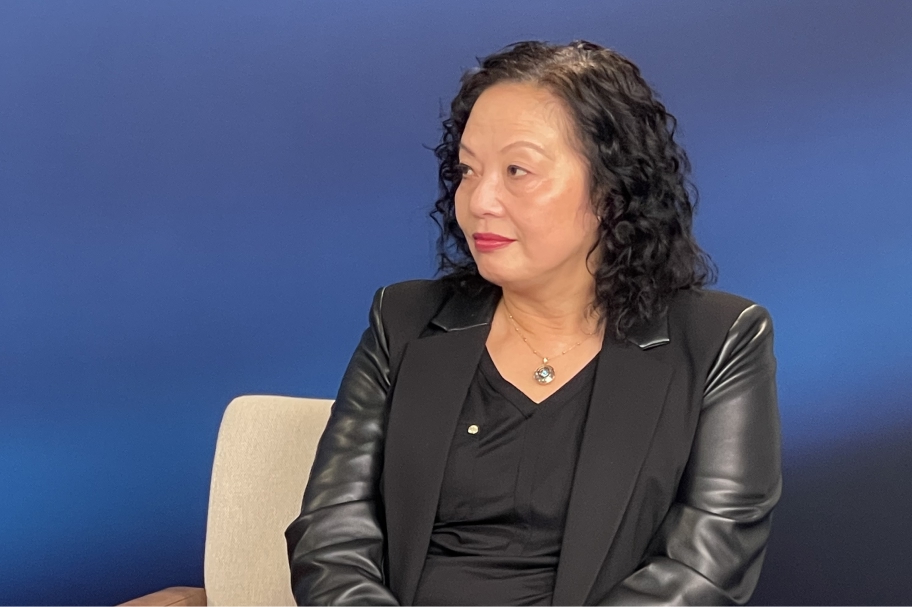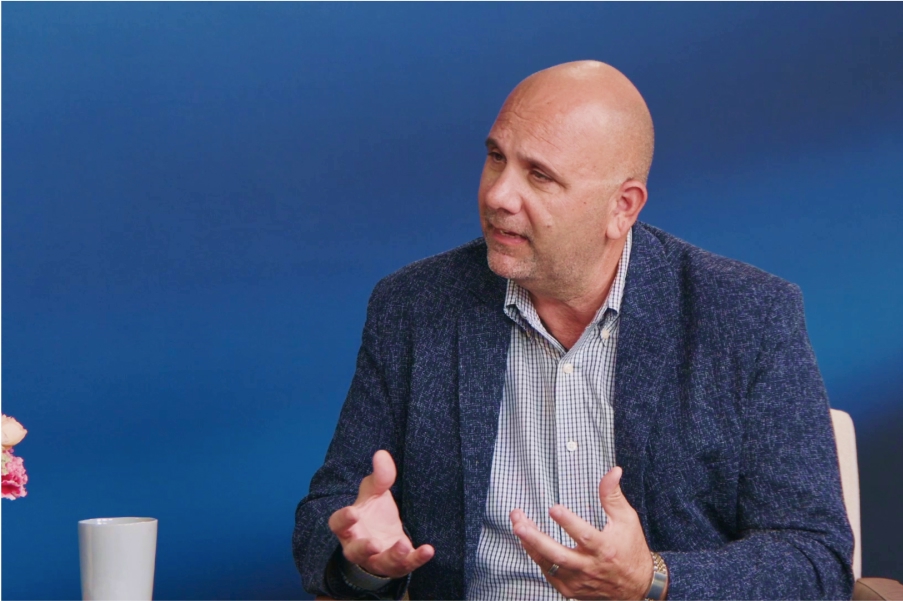August 4th, 2025
3 min read

A visionary CEO with more than 20 years as a pioneer in the storage industry, Ashlee Young created the first open source NAS (Network Attached Storage) stack, the first unified block/file storage stack for Linux, and the first storage management software. He has served in a number of VP and CXO roles for leaders in storage and open source, including Xyratex (now Seagate), Snap Appliance (now Microsemi), and VA Linux Systems.
Young founded Cachengo with the goal of preserving data in a cost-effective, decentralized way. Instead of simply increasing chip size and power, his team focuses on revolutionizing compute and storage architectures by bringing processing directly to the data, significantly reducing power consumption and cost.
Young’s background – ranging from military service to seminary training – shaped his resilience and vision for leadership. He spoke to us about building a business that pushes AI to the edge – and puts people first.
Bridges and Barriers
Just think about the vast amounts of sensor data generated by buses and trains – hydraulics, GPS, electrical systems, brake actuations. Public transit authorities often discard much of this data because storage and compute costs can be out of reach. Cachengo has developed a low-cost edge computing model that allows transit authorities to store, analyze and use this data – right inside the buses and trains themselves. Not only is it less expensive but it makes transit safer, for instance by detecting wheel crumbles in trains before derailments occur. “By bringing low-cost compute and storage directly to the edge, we turn data into actionable intelligence, improving safety and efficiency while dramatically reducing costs,” says Young.
Seeing what a difference this model could make to public transit was a lightbulb moment that resulted in a whole new architecture enabling AI-driven analytics at the edge.

“We set out to create a better mousetrap, not expecting to revolutionize the entire system,” Young says. “By placing a processor on every one of our drives, we removed the bottleneck and, in doing so, unexpectedly slashed the cost by tenfold and reduced power consumption by fifteenfold. Our hardware, the size of a book, not only solved these issues but became a high-performance server capable of ingesting data from thousands of sources – something no other product could match. It was a complete accident, but once we figured it out, that’s when the real innovation began. It was the impetus for a whole new architecture.”
Traditional computing architectures create bottlenecks by requiring data to be constantly moved to central locations. Young explains that Cachengo places processors directly on storage drives, enabling computation at the data source rather than in distant data centers. This reduces costs and energy use, making AI applications and edge computing far more sustainable.
Cachengo’s approach differs from traditional cloud or co-location models by leveraging existing buildings and power grids to host compute nodes, Young says. This concept of “Rent-a-Node” can turn commercial real estate into micro-data centers, allowing businesses to generate revenue from unused space. By decentralizing storage and compute, Cachengo eliminates single points of failure and censorship risks, creating a more resilient AI infrastructure.
“In a world where the focus has often been on bigger and more powerful chips, what we really need is a different architecture – one that captures data more efficiently and brings down costs, especially in power consumption. By focusing on preserving data at a lower cost and moving computing to where the data sits, we can radically change the economics of AI and make it more accessible and sustainable for industries across the board.”
Ashlee Young, Co-Founder and CEO, Cachengo
AI in Society
As a leader, Young is a big believer in building community and uplifting people. Cachengo is based in rural Tennessee and, instead of outsourcing highly skilled labor, he chose to train workers locally, teaching them to manufacture AI hardware and write software. This community-driven model fuels innovation and revitalizes local economies by investing in people rather than just technology.
“Everyone tells me to focus on profitability, to hire fewer, more highly trained people. But in rural Tennessee, our greatest resource isn’t land – it’s people,” Young says. “By training local workers in AI manufacturing and software development, we’re not just building technology, we’re building a stronger community. Leadership isn’t about taking the easiest path. It’s about having the grit to create something bigger than yourself.”




